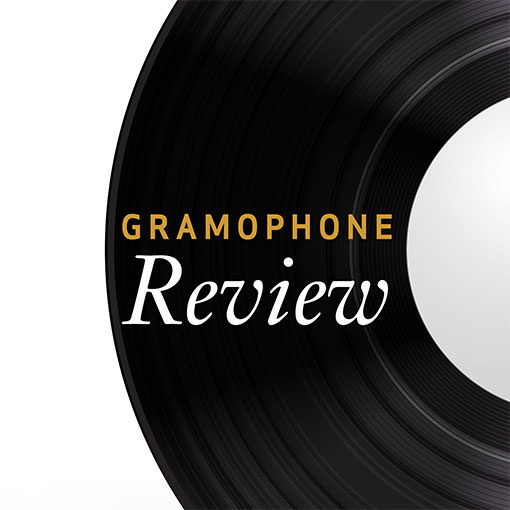Schoenberg & Zemlinsky String Quartets
View record and artist detailsRecord and Artist Details
Composer or Director: Arnold Schoenberg, Alexander von Zemlinsky
Label: Orfeo
Magazine Review Date: 7/1990
Media Format: Cassette
Media Runtime: 0
Mastering:
DDD
Catalogue Number: M194901A

Tracks:
| Composition | Artist Credit |
|---|---|
| String Quartet |
Arnold Schoenberg, Composer
Arnold Schoenberg, Composer Artis Qt |
| String Quartet No. 2 |
Alexander von Zemlinsky, Composer
Alexander von Zemlinsky, Composer Artis Qt |
Composer or Director: Arnold Schoenberg, Alexander von Zemlinsky
Label: Orfeo
Magazine Review Date: 7/1990
Media Format: CD or Download
Media Runtime: 57
Mastering:
DDD
Catalogue Number: C194901A

Tracks:
| Composition | Artist Credit |
|---|---|
| String Quartet |
Arnold Schoenberg, Composer
Arnold Schoenberg, Composer Artis Qt |
| String Quartet No. 2 |
Alexander von Zemlinsky, Composer
Alexander von Zemlinsky, Composer Artis Qt |
Author: Arnold Whittall
These performances by a quartet new to me have many good points, but they are up against strong competition. In the Schoenberg the Artis players are, in essence, brisk and business-like. If you put on the LaSalle version (DG) of the finale immediately after theirs, it sounds at first rather portly by comparison. But the LaSalle's broader tempo offers space in which to shape the music—something its witty and allusive surface needs if it is not to sound rather empty. And this basic difference is very apparent in the Zemlinsky.
The technical proficiency of the Artis Quartet is undeniable, but they seem more at home with the music's turbulence and polyphonic intricacy than with its lyricism and harmonic richness. This is a fast, rather one-dimensional performance, whose unflagging momentum leads to a flattening-out of expression. Many of Zemlinsky's specific requests for an intensification of mood receive only perfunctory acknowledgement: directions like molto espressivo or gesangvoll at one extreme, and wild und verhetzt at the other go for too little. And for all their determination to keep the music moving they can't prevent the rather sprawling finale section from sounding episodic.
In all respects, the LaSalle Quartet performance on DG remains superior. The playing is spontaneous and responsive, breathing with the music. It may come close to over-emphasis in places, but its variety of mood, and the conviction with which the grand one-movement design is conveyed, are outstanding. The DG sound has more warmth and body than the new Orfeo: it may not be as clear, but it suits the music very well.'
Discover the world's largest classical music catalogue with Presto Music.

Gramophone Digital Club
- Digital Edition
- Digital Archive
- Reviews Database
- Full website access
From £8.75 / month
Subscribe
Gramophone Full Club
- Print Edition
- Digital Edition
- Digital Archive
- Reviews Database
- Full website access
From £11.00 / month
Subscribe
If you are a library, university or other organisation that would be interested in an institutional subscription to Gramophone please click here for further information.





